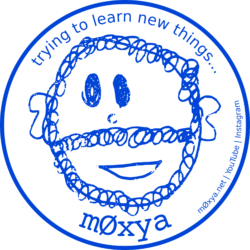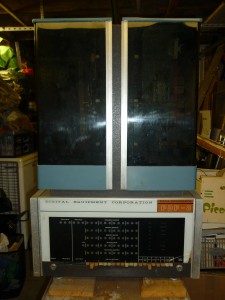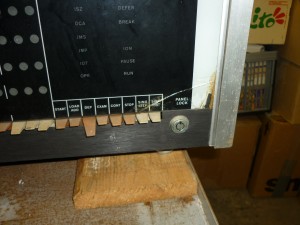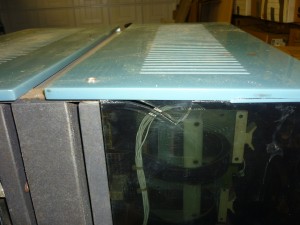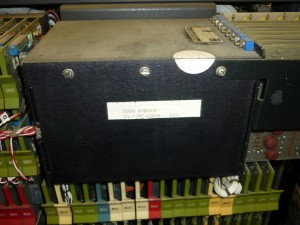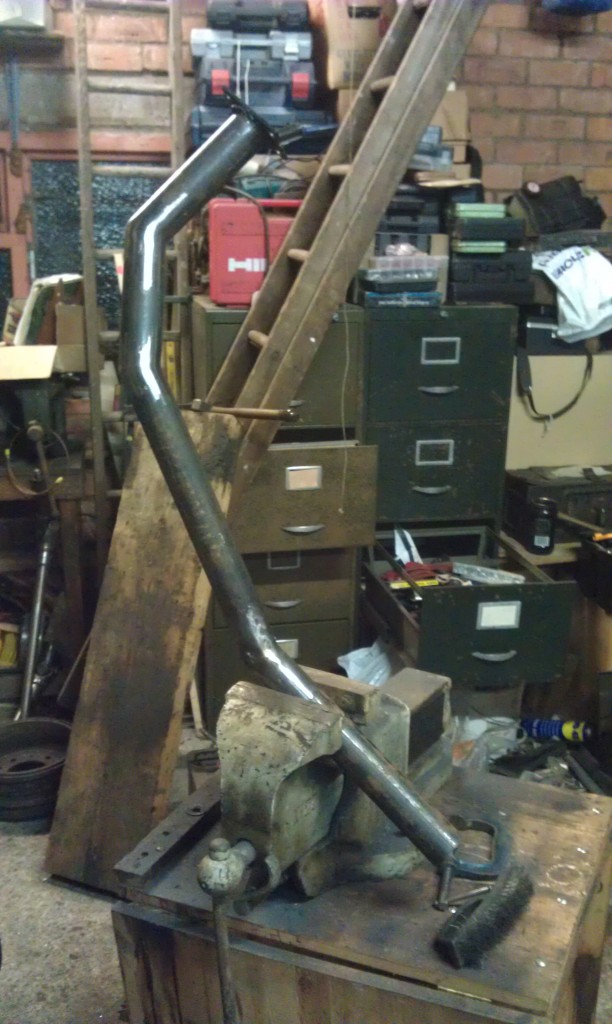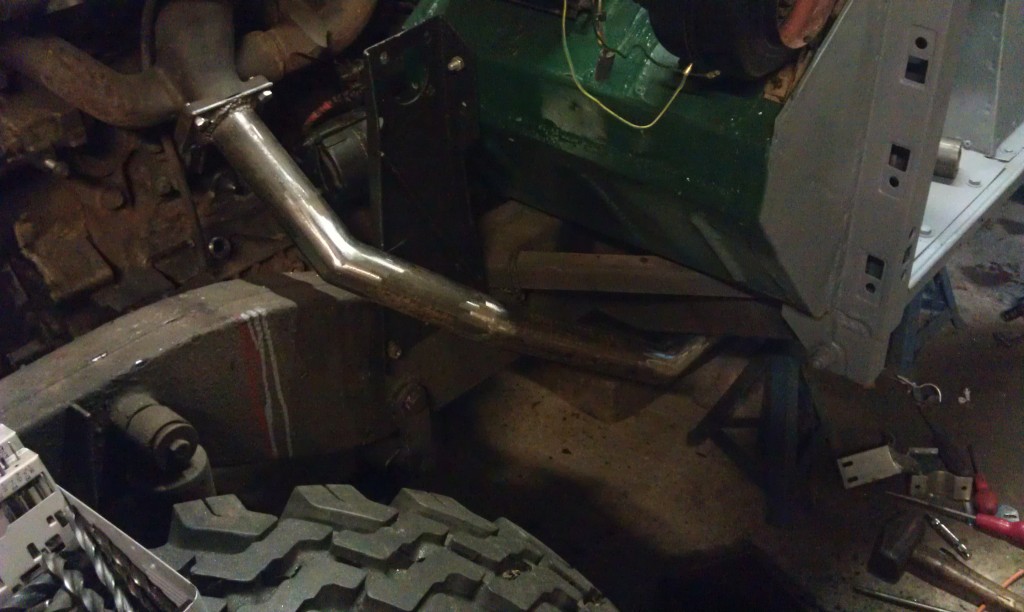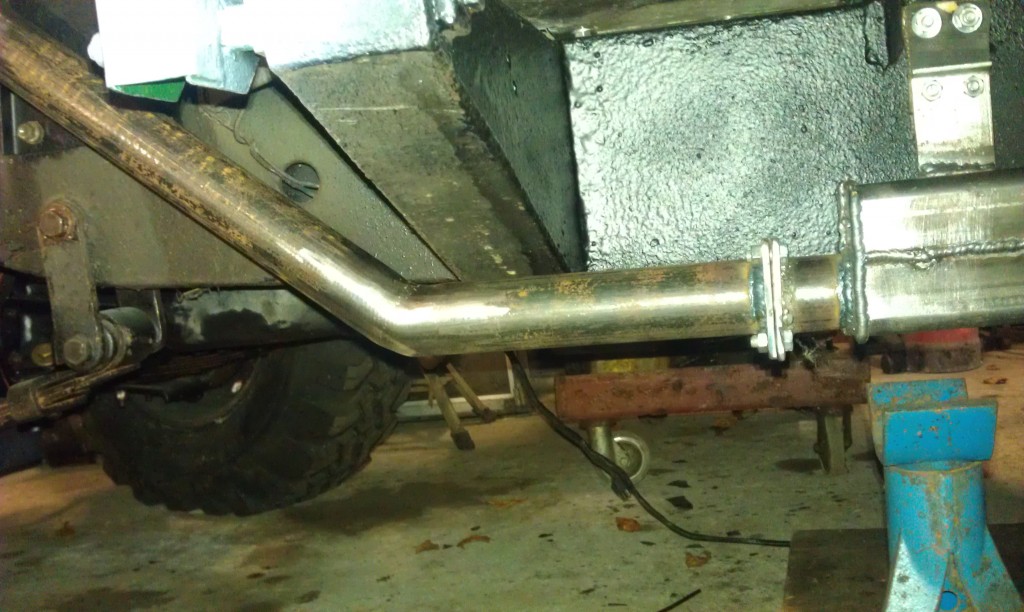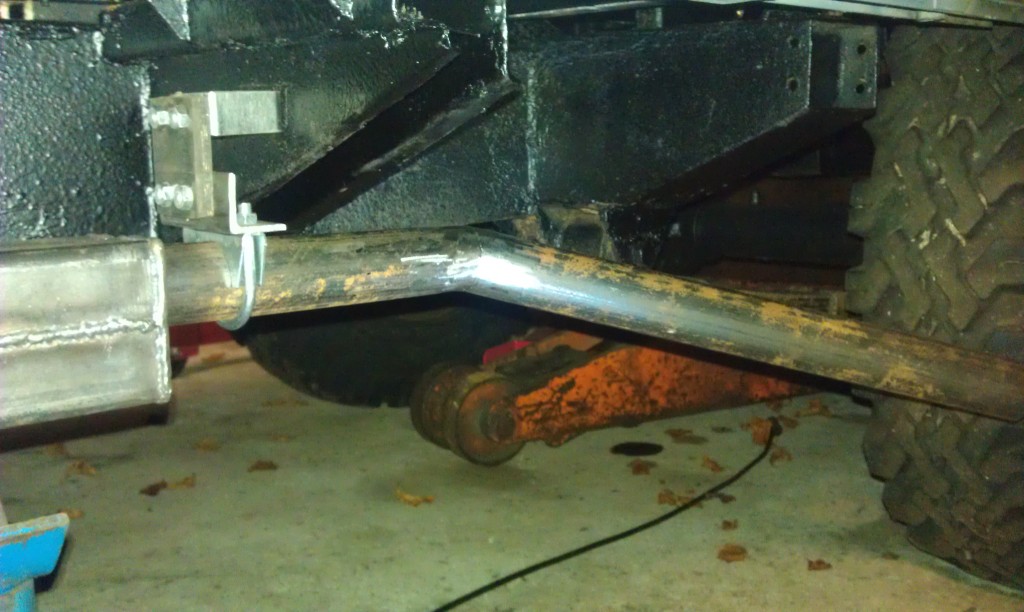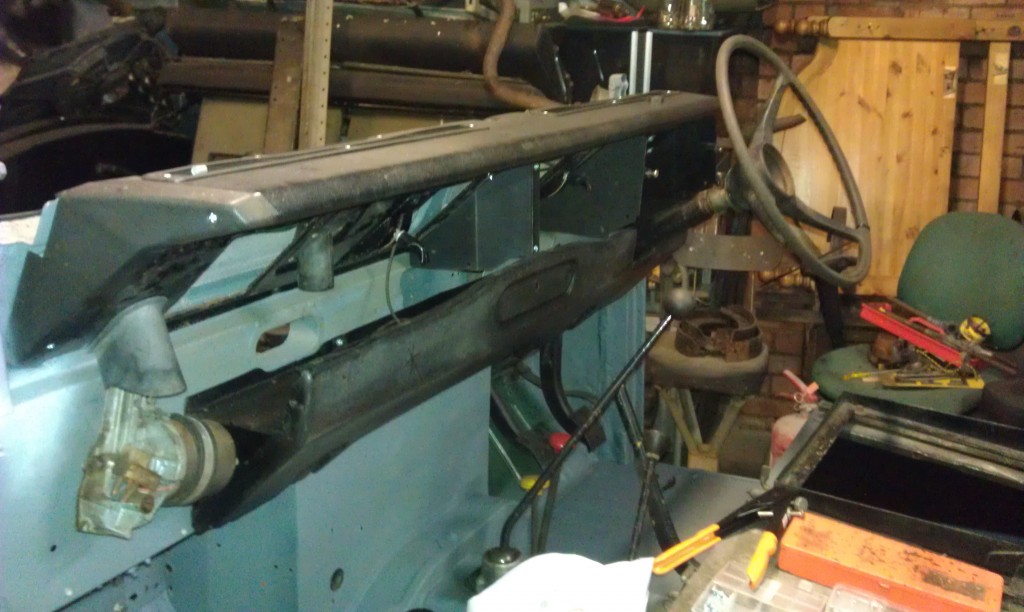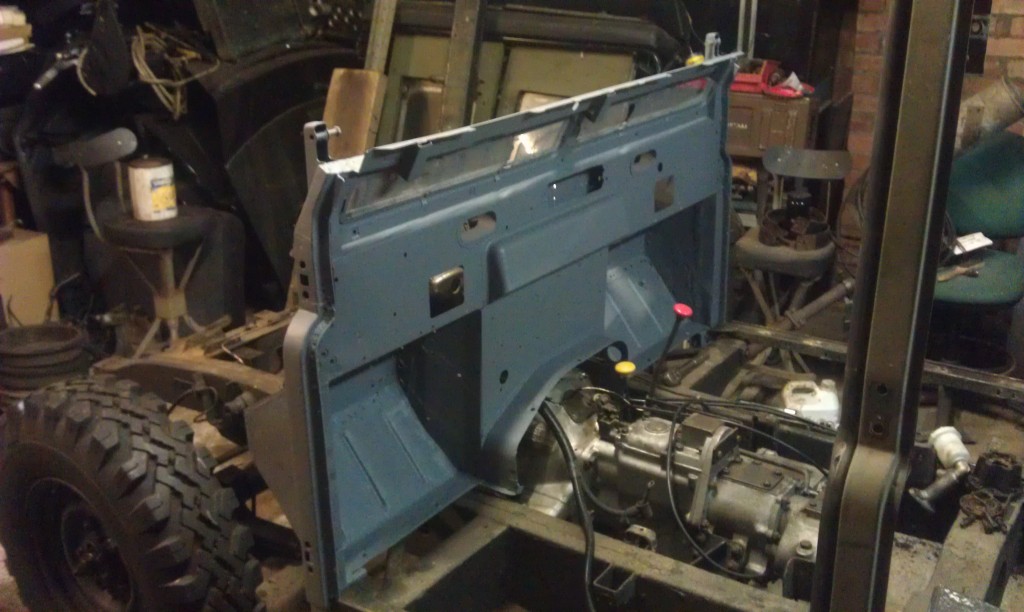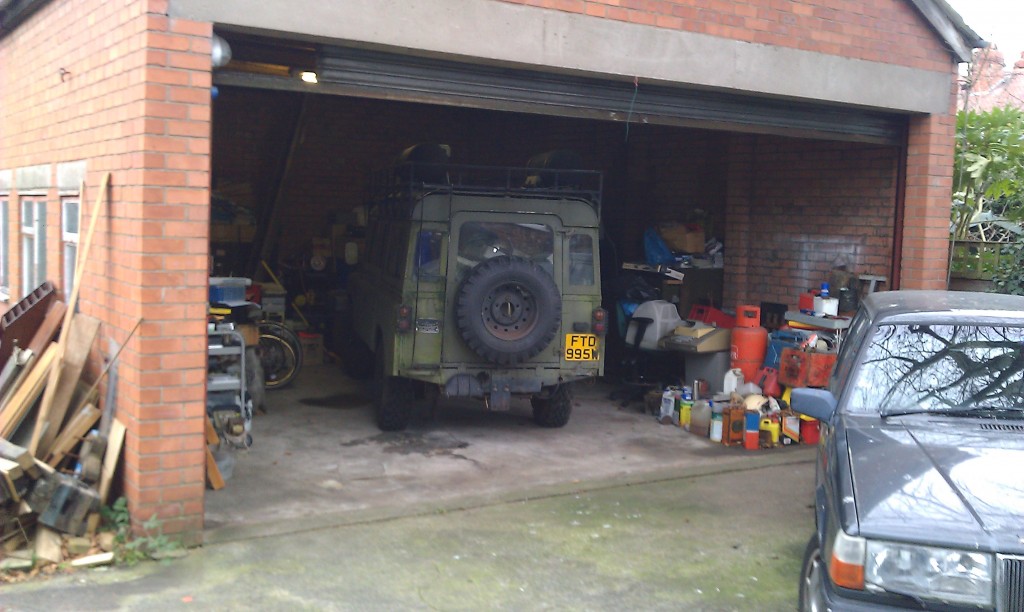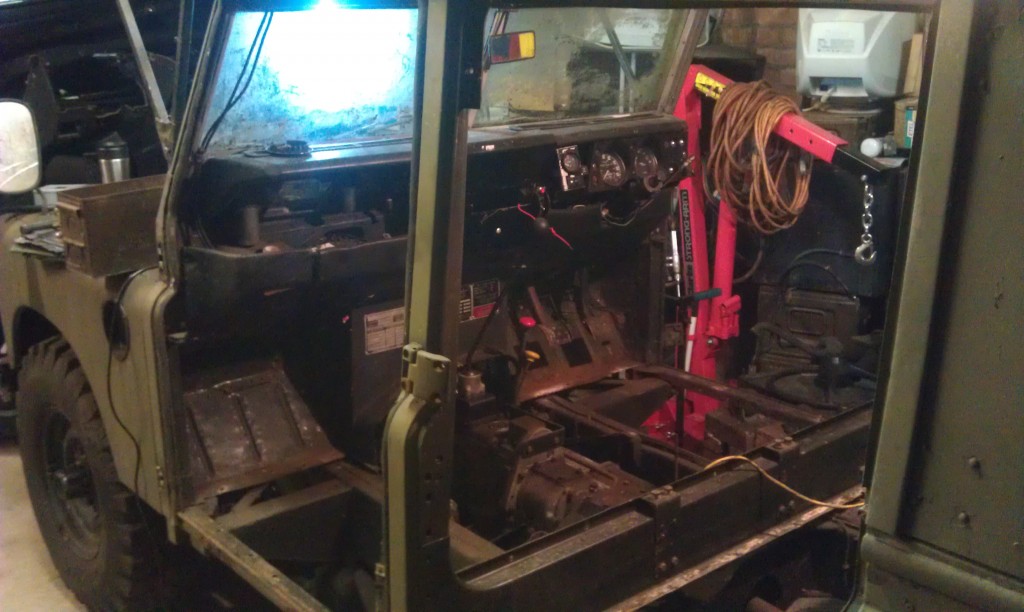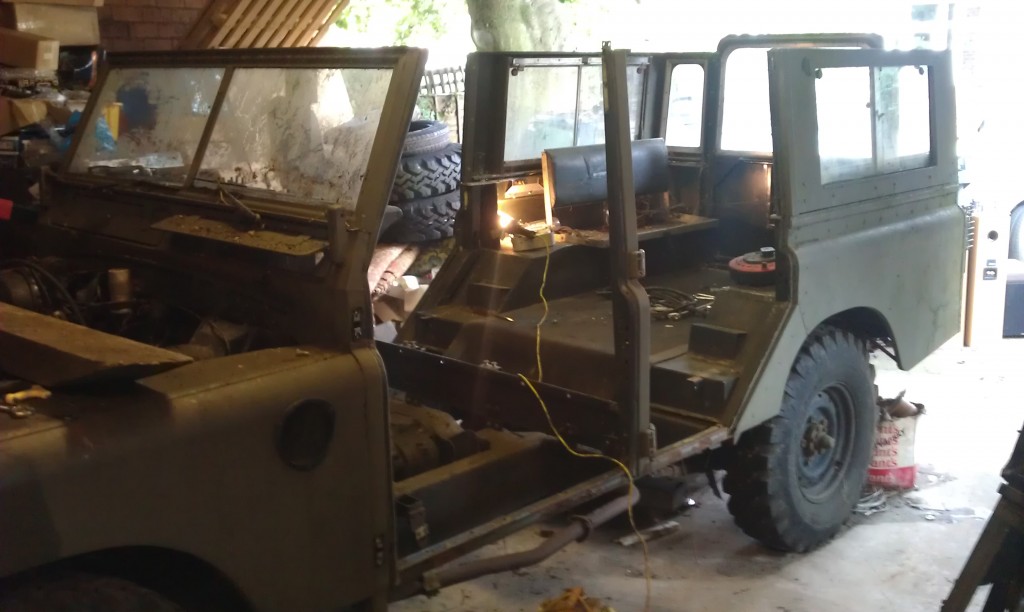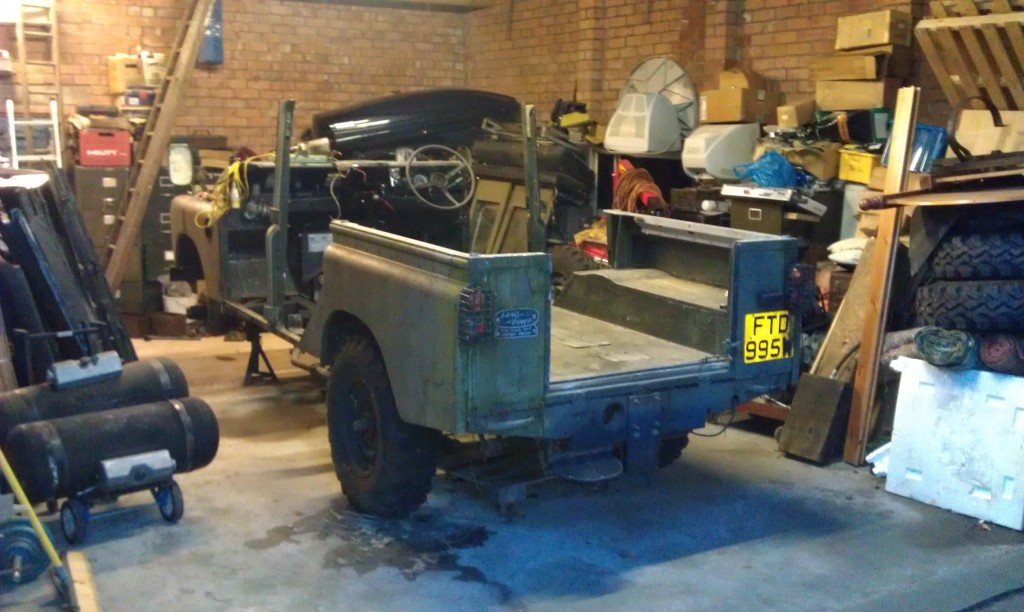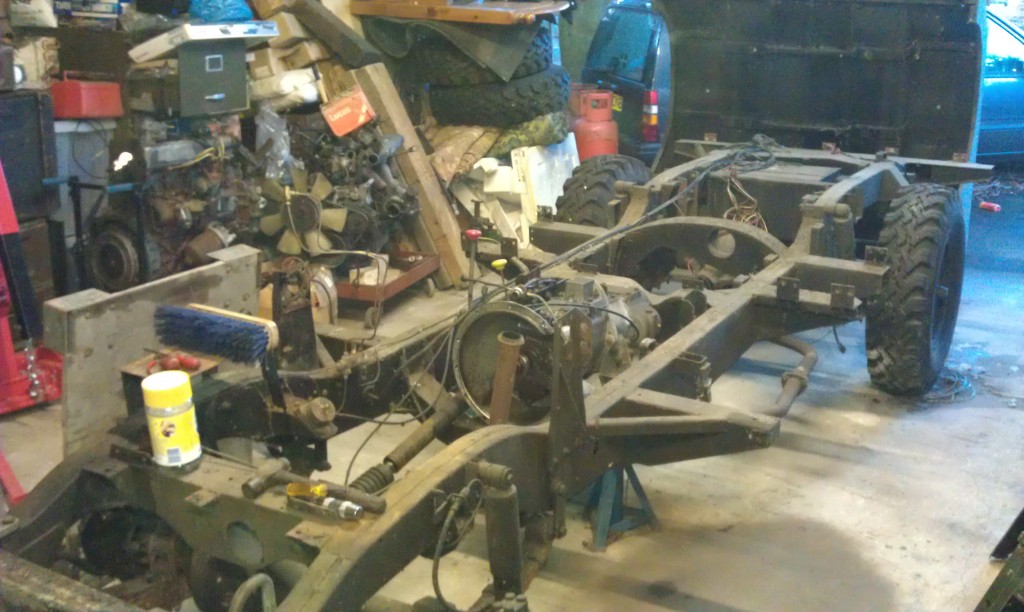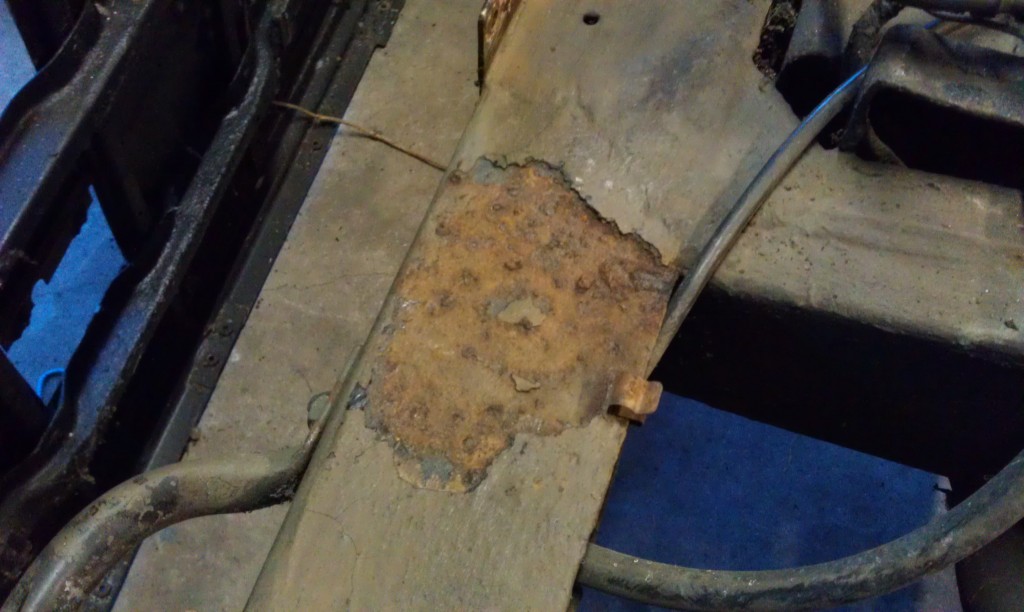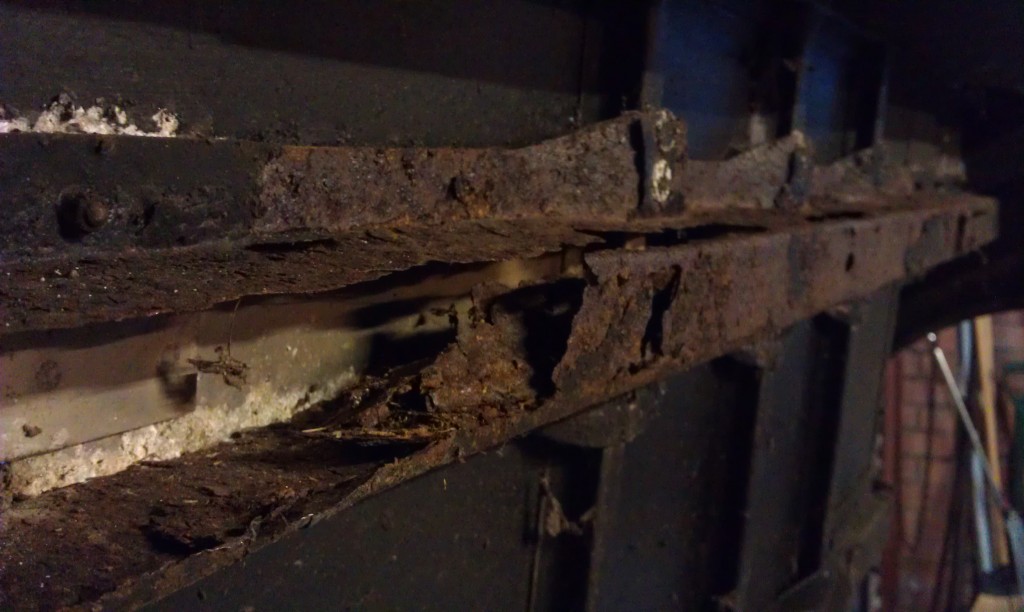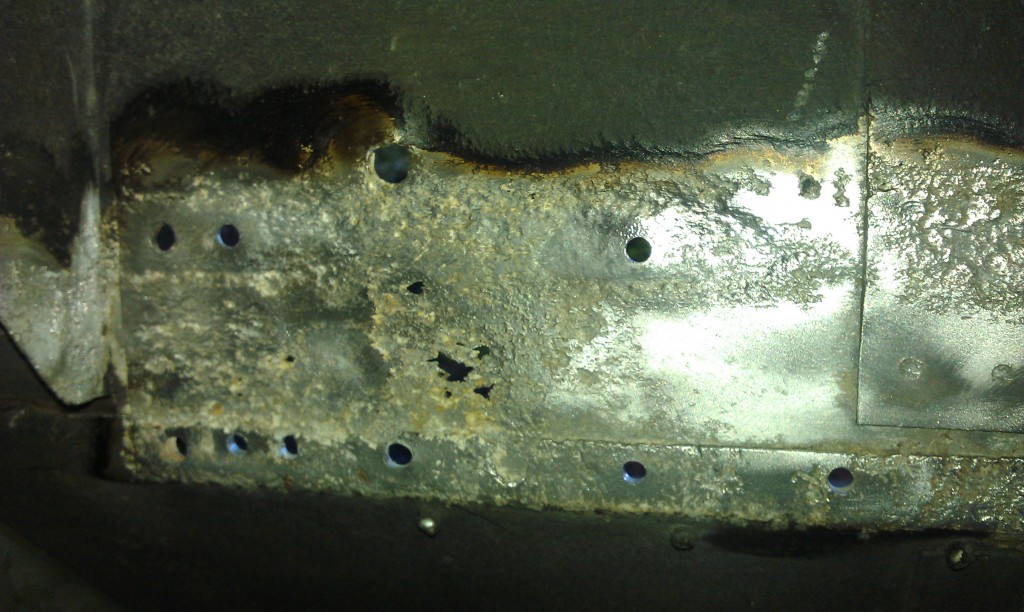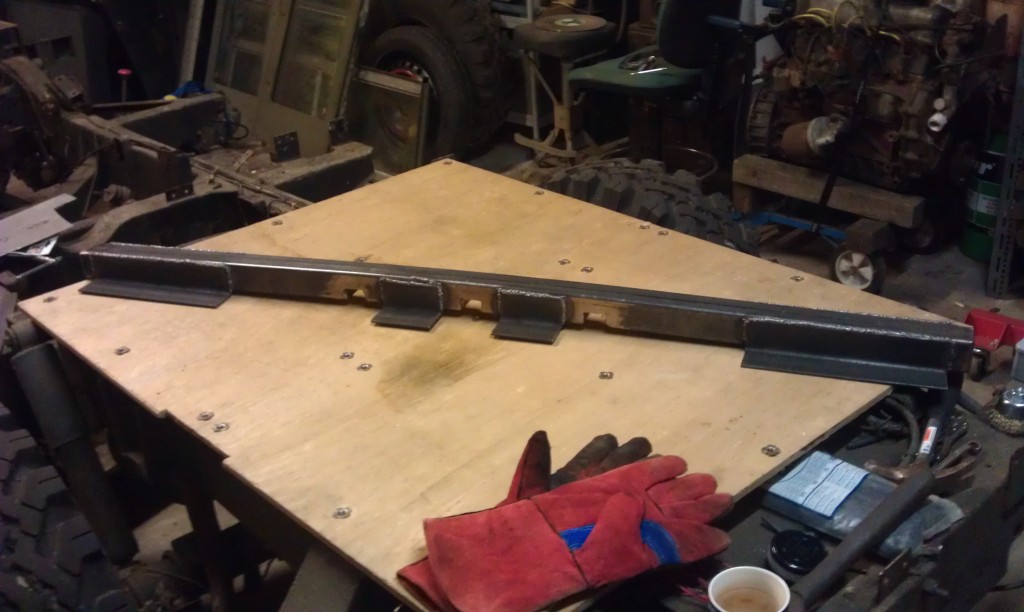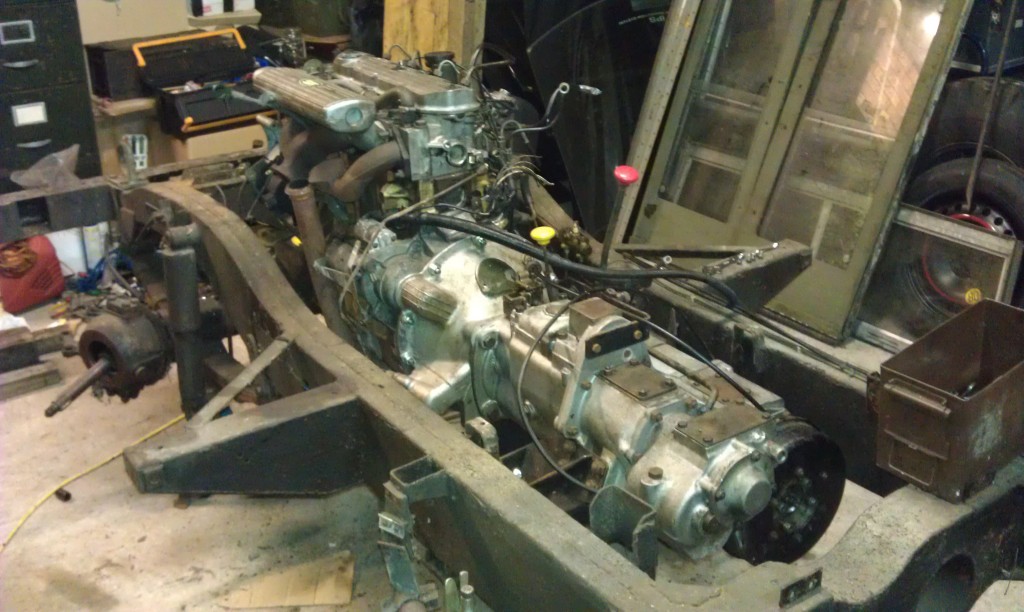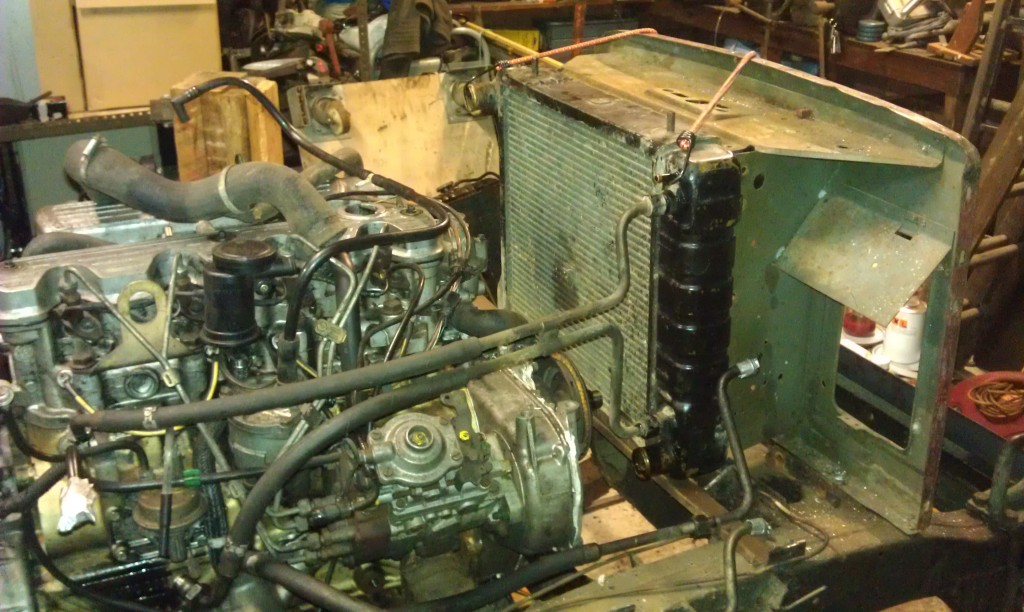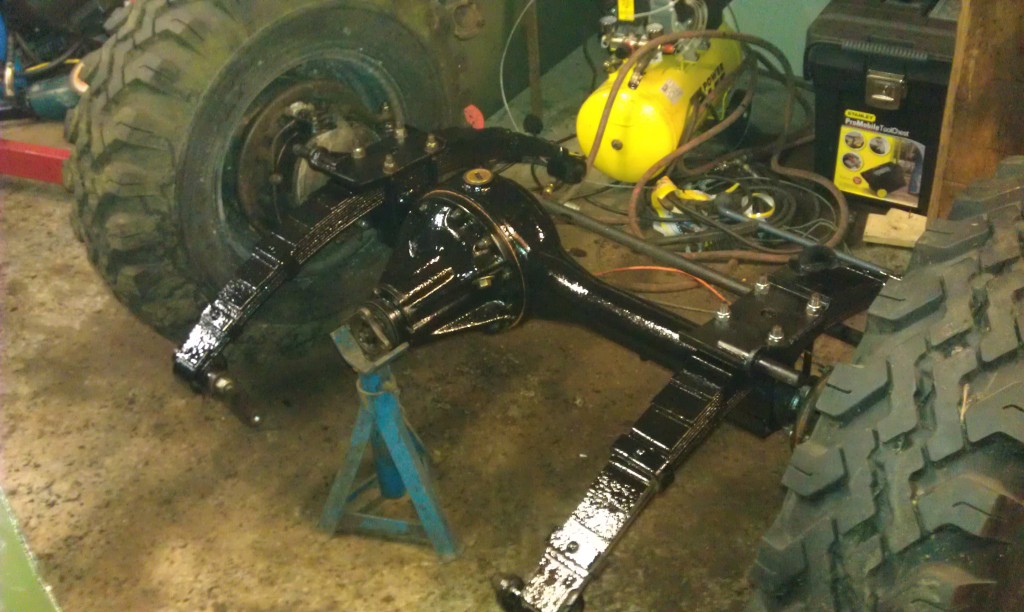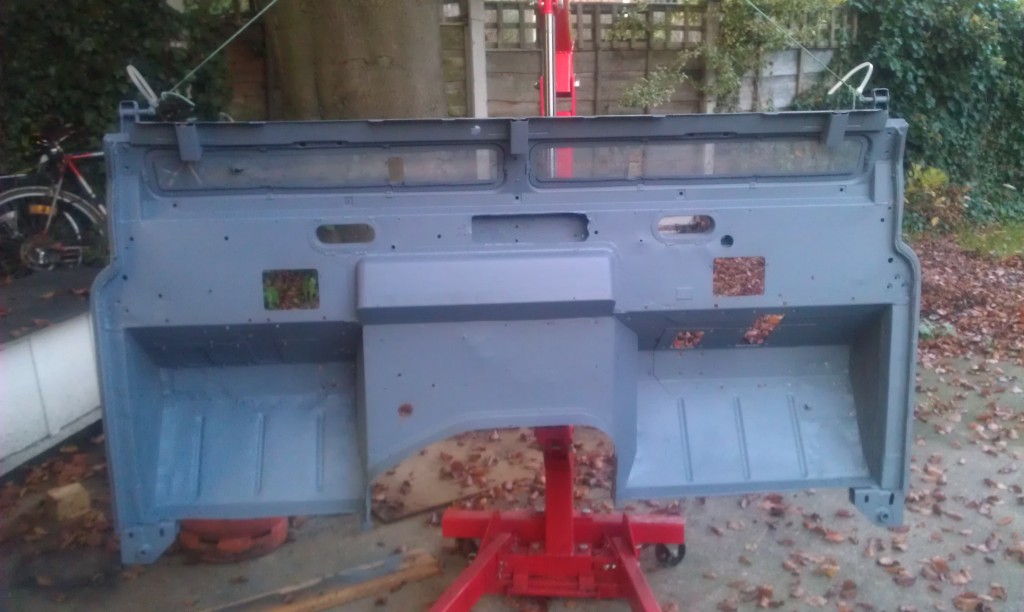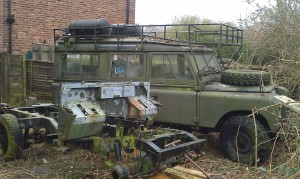by m0xya
The following post was published in Volume 39/4 of the 2600 magazine…
I have always known from an early age that I was different, that I (as others have so eloquently put it) was “not normal”. My interests from an early age were different to my peers; they were mainly technical in nature. My father was an electronics engineer and the house was always scattered with devices and piles of components. I grew up surrounded by soldering irons, oscilloscopes and bundles of wires.
He also had a garage/workshop where he had a machine shop. He would tinker away rebuilding cars, boats, even an aeroplane at one time. Let me tell you, every house should have a lathe. They come in very handy.
I was always encouraged to have a go at things, to play with the tools and equipment, even when I had no idea what I was doing with them. I was always carefully watched, but I was free to play, free to try things, and to make mistakes. I was lucky enough to have been born before the blight of helicopter parenting, where all risks are mitigated and environments sanitised to keep children safe. It was not that my parents were uncaring; in fact, it was quite the opposite. They understood the need for space to grow and gave it to me in abundance.
This level of freedom was very different when compared to some of my friends and their families, however, for me at the time I did not know any different. Many of my friends had their childhood micro-managed and planned out. I doubt my parents actually knew what they were doing; they were doing what felt right and natural. I was given the space to develop in my own time and in my own way.
One of my very early memories was from Christmas 1981, I was about four years old, and my parents had bought me a Sinclair ZX81, the one that came as a kit and needed assembling. I knew it was from them and not Father Christmas for two reasons; I knew where things were hidden, as I had found the hiding place one day when exploring. Also, receipts were kept on a spike on their desk, and I could read.
So there I am on Christmas morning, surrounded by small bags of components and with a soldering iron in my hand. My father talked me through what each of the components were, and how they worked in very basic terms. I was four after all, and it didn’t make much sense to me, but I knew even then that it was fun and that I wanted to know more. It was my first computer and I had built it myself. I would play on it for hours and hours. Typing in example programs from the manual, making mistakes and trying to work out what had gone wrong. It was my first steps into the world of computing.
In the years that followed, I progressed on to other computers, a Commodore VIC-20, a BBC Micro Model B and a Master 128. Looking back on it, neither of my parents had particularly big incomes and so must have scrimped and saved to buy these for me. In the early 80s there was a big drive by the British government to train the next generation in computing, and thanks to my parents it payed off.
Academically I suppose I was middle of the road, with a “Could do better” being the usual feedback from my teachers. I enjoyed school, with science and maths being my favourite subjects. I was also quite good at art and design. Despite all this, I felt detached from my classmates and teachers. I had a constant sense of alienation, that something was wrong. That same feeling of being different, of not being normal.
Even then, I could see what was happening. We were being taught to pass tests, not to think for ourselves, not to question. We were pegs, slowly forced into the uniformed rack of society. Anyone not quite the right shape would be smoothed out. They would have their rough edges knocked off as they passed through the system. The others, who did not fit in were abandoned.
I managed to get into college and university, however, the system was still the same, you fitted in or you failed. That sense of being different peaked at university. It had a massive impact on my confidence. That daily reminder of not being good enough, of not meeting expectations, of not being like the others, not being normal. It put me off formal education of any type. It was obvious it worked for the majority, but utterly failed others.
I graduated, just. I have never looked back…
It is at this point I must introduce someone else who had a major influence on me. One of my oldest friends lived nearby in a big old house with his parents and three older brothers. It was always a busy and noisy place, with each member trying to outdo the others. In the middle of this whirlwind of chaos was a very quiet man, my friend’s father. He was a medical doctor; however, at the time he ran the medical computing department at Manchester University. He was mildly eccentric and massively into computers. He always reminded me of Doc Brown from Back to the Future.
He was also an amateur radio operator. He had huge antennas hanging off the roof and feeder cables running throughout the house. I would spend countless hours sat on a stool next to him, watching what he was doing. I can still recall the peace and quiet of his room, while from every other direction there was madness and noise. It was an oasis of calm and computers.
You can understand my annoyance then, when at regular intervals my friend or one of his brothers would come rushing into the room saying something like “Come on dad, he doesn’t want you boring him to death”. I would be dragged away to do something else, to play a game or run around making noise. I was not bored, I was enthralled, and when I had the opportunity I would sneak away and head back.
At the time, it did not dawn on me, but my friend and his brothers were revealing more about themselves than they realised. They found what their father was doing to be boring and uninteresting, so therefore, so should I. How wrong they were.
Both of these men, my own father and my friends gave me the opportunity to explore technology without it feeling like a lesson. I could work things out in my own terms and at my own pace. I could try things out and make mistakes.
It was not until I left formal education that I actually started to learn things. I could study what I wanted, how I liked, and in my own way. There were no teaching plans or targets to reach, no exams to pass. Just learning the way it is meant to be. Fun.
From the age of about twenty-one I studied whatever subjects and ideas I wanted to, I read up on massively varied subjects, art, medieval architecture, physics, psychology, anything and everything that interested me. However, there was always one subject which drew me in more than any other, Computer Science.
I had always had a computer of one sort or another, and it had never even dawned on me that I should study it at college and university, something for which I am eternally grateful. My love of the subject would have probably been killed by the formality of education.
You see, I do not learn by rote. I need to understand at a fundamental level what it is I am trying to learn. I am reminded of something Richard Feynman once said. How you can be taught the names of a bird in every possible language, but that you will still not know what the bird is. All you have is its name; your knowledge of the bird is still the same. I need to know more than just the name of a thing.
It is at about this time that I got my first job as a programmer. The interview did not initially go too well. One of the interviewers did not understand how I could do the job without a university degree. He was so blind to the possibility of someone being capable of learning independently that he voted against me. Luckily for me there were others on the panel who did not share his point of view.
I had been able to answer most of their questions. However, the thing that gave me the edge, the thing that tipped the vote in my favour was my ability to draw on other subjects. If I had been formally educated, the path would have been narrow. Learning objective A leads on to B and C etc. During the interview, I had discussed in detail many different technologies and applications. I was not blindly following the path of ABC. I could see connections that were not obvious as I had both a deeper and broader understanding of the subject. I knew more than just the names of things and their order.
This technique of learning has stood me in good stead and I have not stopped in my quest for knowledge, if anything it has accelerated since then. It has been almost twenty years since that first interview. I have moved on, I have never stopped learning new things.
Despite not having any formal education in computer science or engineering, I am currently working as a Senior Security Consultant for a global cyber security company. I am drawing on an eclectic range of skills and knowledge that I gave to myself. This allows me to work on a vast range of jobs, from infrastructure and webapp reviews, to hardware and reverse engineering. I am surrounded by a group of colleagues who all share similar interests and ideas. It is a great mixing pot of knowledge and experience.
Do I still have that sense of being different? Yes
Do I still have that sense of not being good enough? Yes
Let me share with you a little secret. It is the same secret most of my colleagues share but would be unwilling to admit to. That feeling of inadequacy never leaves you, it is always there. It even has a name: “imposter syndrome”.
However, it is how you manage this condition that is important. You could give up and except the fact you don’t know enough. You could pretend to be like everyone else and hide away in the crowd. Keep your head down and let that feeling of resentment grow.
Alternatively, you can use it to your advantage. So what if I don’t know enough? I can learn new things. Thank you for highlighting that gap in my knowledge. Tomorrow I shall come back knowing more than I do today.
I shall finish off by leaving the reader with a few words of advice. Make of them what you will, however, they have served me well.
I forget its origin, however, there is a rule I try to follow: “You should always try to be the person in the room with the least knowledge or experience”
That way, you always have the opportunity to learn from others. If you’re the master holding court with a room of minions, what chance do you have of growing or learning? Yes, it is a great ego booster, but other than that, I see no other benefit.
Try to let go of your ego and let humility be a guiding force. I have noticed as I have aged that being humble opens more doors than it closes. Humility is not to be mistaken as being weak, far from it. The stronger you are the less you have to prove yourself. You also have a greater chance of people opening up to you and sharing, be that experiences or knowledge.
Except the fact that you will never know everything (see humility). It is a thrilling sensation as it means you will never stop learning.
Above all, be yourself. Do not worry what others think of you. Most of the time people are only thinking about themselves, not you.
If you are presented with a problem with no obvious solution, don’t worry about thinking outside the box and making alternative suggestions. That ability to think differently, to step back and see the big picture, to not be normal gives you the edge.
I embrace my difference.

